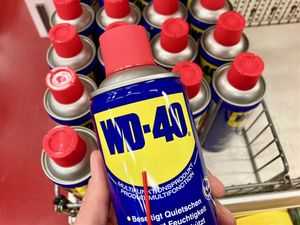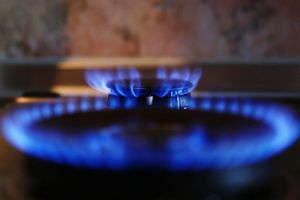(BPT) - As homeowners consider ways to create more comfortable indoor living spaces, smart technologies are increasingly in the spotlight. Yet even the smartest technology will not deliver optimal comfort or energy efficiency if the 'basics' are not in place. 'Smart homes can only do so much, within the limitations of the technology itself,' says Tom Casey, chief visionary officer at Griffin Service, a leading HVAC company in Jacksonville, Florida and an Owens Corning AirCare Contractor. Casey says it's important to start with the basics and get the infrastructure of the system right.
As the summer cooling season gets underway, there are several practical and low-tech steps that homeowners can take to help improve the comfort of their indoor environment. Following are five tips that can help homeowners stay cool, get more value from their home's cooling dollars and care for their home's air.
- Consider the heat source. The two most common paths for external heat to infiltrate a home are through the windows and via problems with attic ductwork. 'Solar heat gain through windows is a primary source of heat gain, closely followed by attic ductwork,' says Casey. 'But when it comes to bang for the buck, attic issues are easier to resolve, are more affordable and may have a faster payback.' Assuring that a home's attic has an adequate amount of attic insulation can help guard against warm attic air infiltrating into the conditioned part of the home. Conversely, in the winter, sufficient attic insulation can help safeguard against warm air from the living space escaping into the cold attic. Closing curtains and blinds or installing awnings can also help keep solar heat out of a home's living area.
- Size matters. Bigger is not better when it comes to a home's HVAC system. Proper sizing of a home's comfort system refers not only to the condenser unit that powers air through the home, but the system of ducts that deliver air to each room. A high-efficiency system will not deliver its value if ducts in the attic are leaky, loosely connected or have developed holes and tears. EnergyStar reports that an average home loses up to 30% of the air that moves through its duct system due to leaks, holes and poorly connected ducts.
- Service regularly. Regular maintenance by a qualified technician - even when the system seems to be operating properly - can help protect the longevity of a homeowner's investment in a high-efficiency system. During the visit, the technician should ask the homeowner about any unusual noises or smells, as well as any comfort issues in specific parts of the house - such as a room that is always too warm or cold. It's essential that the technician measures airflow through a home's ductwork because inadequate airflow is a major culprit when it comes to efficiency. 'If the airflow isn't right, nothing else will be right,' says Casey.
- Consider a home's age. Homes built even a few decades ago were not built to the same energy codes as today's homes. The result is a gap between today's high-performance heating and cooling equipment and the home's attic ductwork. 'Basic, low-tech craftsmanship can either make or break performance in terms of good duct design or installation of proper insulation,' says Casey. He notes that while homes must be built to code, the building code represents the bare minimum requirement for system performance.
- Avoid making equipment work harder than necessary. Don't plant landscaping near the outside condenser unit. The area around and atop the unit should be free of obstacles. And be sure to replace your HVAC system's air filter as directed by the manufacturer.






